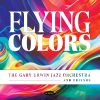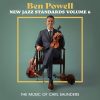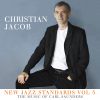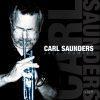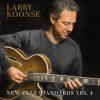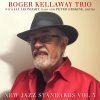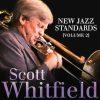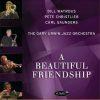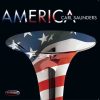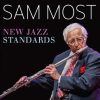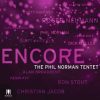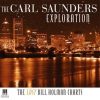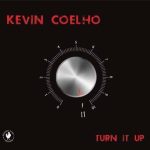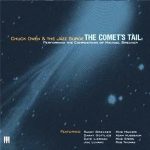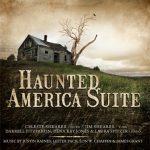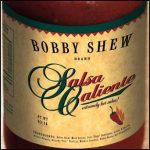Carl Saunders

Biography
Jazz listeners living in the Los Angeles area and musicians worldwide have long known that Carl Saunders is one of the great trumpet players around today. Now with the release of five remarkable recordings (Out Of The Blue, Eclecticism, Bebop Big Band, Can You Dig Being Dug and The Lost Bill Holman Charts), Carl’s musical talents can be heard and enjoyed by a much wider audience.
Carl Saunders was born on Aug. 2, 1942 in Indianapolis, Indiana, and his first five years were mostly spent on the road. His uncle, trumpeter-bandleader Bobby Sherwood, was riding high with the popular Sherwood Orchestra–having hits with “Elks Parade” and “Sherwood’s Forest.” Saunders’ mother Gail (Bobby’s sister) sang for the Sherwood Orchestra and Stan Kenton, among others. When Carl was five, he and his mother settled in Los Angeles; living with his aunt Caroline and her husband, tenor-saxophonist Dave Pell. At the time, Saunders heard the records of the Dave Pell Octet and was influenced by the style and phrasing of trumpeter Don Fagerquist.
Carl began playing trumpet in the seventh grade and found that he had a natural ability, mostly learning to play by ear and never having any lessons. He played in school bands, and after he graduating high school, his mother helped get him a job with Stan Kenton’s Orchestra when he was 18 years old. Saunders auditioned for Kenton’s band and was given a choice: wait for the first opening in the trumpet section or join the band the following week as a member of the mellophonium section. He chose the latter and spent much of 1961-62 on the road with Stan Kenton.
After spending part of 1962-63 traveling with Bobby Sherwood’s group (playing drums), Carl settled back in Las Vegas where during the next 20 years he played with a countless number of show bands, including lead trumpet with Ella Fitzgerald, Tony Bennet, and Frank Sinatra. Saunders also traveled as a lead player with Paul Anka and Robert Goulet and with such bandleaders as Si Zentner, Harry James, Maynard Ferguson, Benny Goodman and Charlie Barnet. In 1978 he also played drums one night in Las Vegas with Harry James and his band when Sonny Payne missed his plane and couldn’t get to the gig.
In 1984, Carl moved to Los Angeles where he was soon playing lead trumpet with Bill Holman’s Orchestra, a position he still holds. Saunders has also worked with John Williams and the big bands of Bob Florence, Johnny Mandel, Gerald Wilson, and the Phil Norman Tentet. In 1994, he became a member of the Dave Pell Octet (in Don Fagerquist’s old chair.) In addition, he is often heard at the head of his own groups including the Carl Saunders Be Bop Big Band, his sextet and a quartet.
Each of Saunders’ CD’s is a gem while being quite different from each other. Out Of The Blue has the trumpeter showcased in quartet and sextet settings. His warm tone and long melodic lines are featured on such numbers as a miraculous version of Chopin’s “Minute Waltz.” Eclecticism has Saunders joined by 25 strings and three French horns, and he overdubs sections with five trumpets. Many of his favorite arrangers (including Bill Holman, Bob Florence and Clare Fischer) contributed charts. Bebop Big Band is most notable for the high musicianship of the band, the colorful originals, the hard swinging, and the arrangements of the late Herbie Phillips. Can You Dig Being Dug is Carl’s first “live” recording, recorded at Charlie O’s jazz club, and features Carl with Christian Jacob, Dave Stone, and Santo Savino. The Lost Bill Holman Charts is a dazzling array of Holman’s arrangements for trumpet, tenor, trombone, baritone and rhythm that feature some of the principal players from the Holman big Band–Pete Christlieb, Andy Martin,Bob Efford, and the same rhythm section as the Be Bop Big Band–Christian Jacob, Kevin Axt and Santo Savino. Sam Most is featured on baritone and flute solos.
Carl Saunders, who has inspired students and kids all over the world conducting clinics, says that he gets inspiration from them because they share his energetic dedication and passion towards the creation of beautiful music. Asked to define jazz, Carl says, “It’s a combination of intellectual funk and hypnotic swinging”. His five recordings show that not only is he a prolific composer but he is one of the finest jazz trumpeters of the 21st century.



